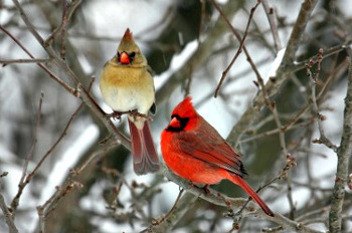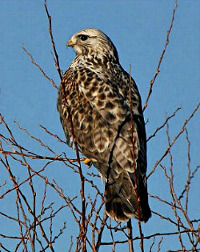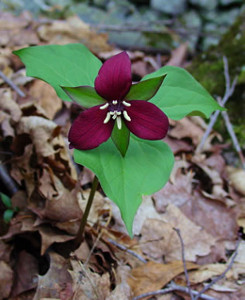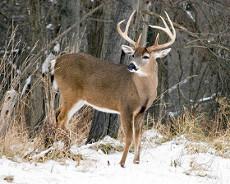Nature of New England
Photos and information about birds, mammals, butterflies & wildflowers
Seasons of Nature in New England
- Early Spring (March thru mid-April)
- Late Spring (mid-April thru May)
- Early Summer (June thru mid-July)
- Late Summer (mid-July thru August)
- Early Autumn (September thru mid-October)
- Late Autumn (Mid-October thru November)
- Early Winter (December thru mid-January)
- Late Winter (mid-January thru February)
Photo credits: ©
S. Byland,© S. D. Bower, © Troy Bartlet, art-today, © B. Macqueen, USFWS






